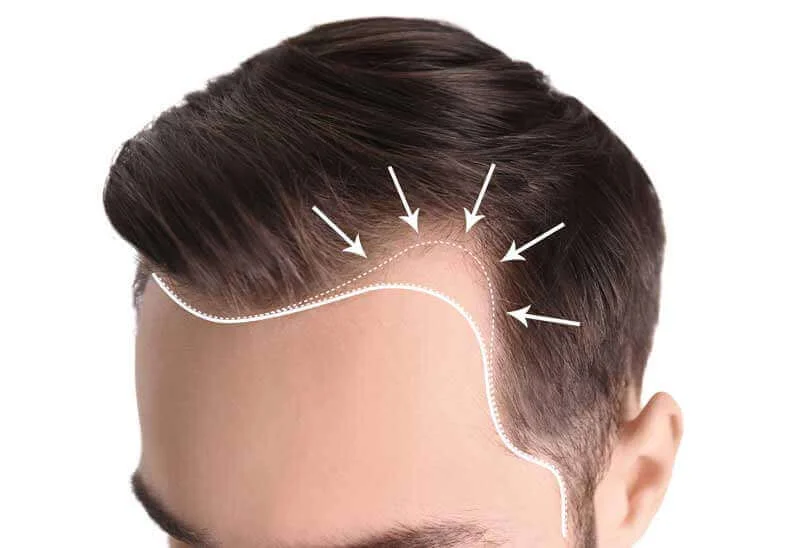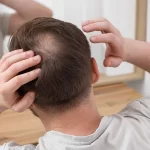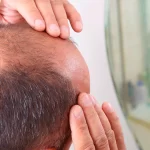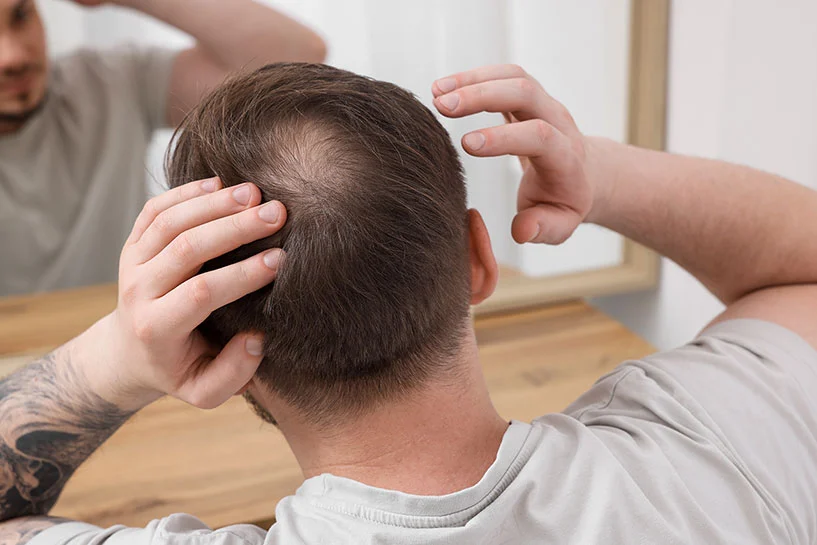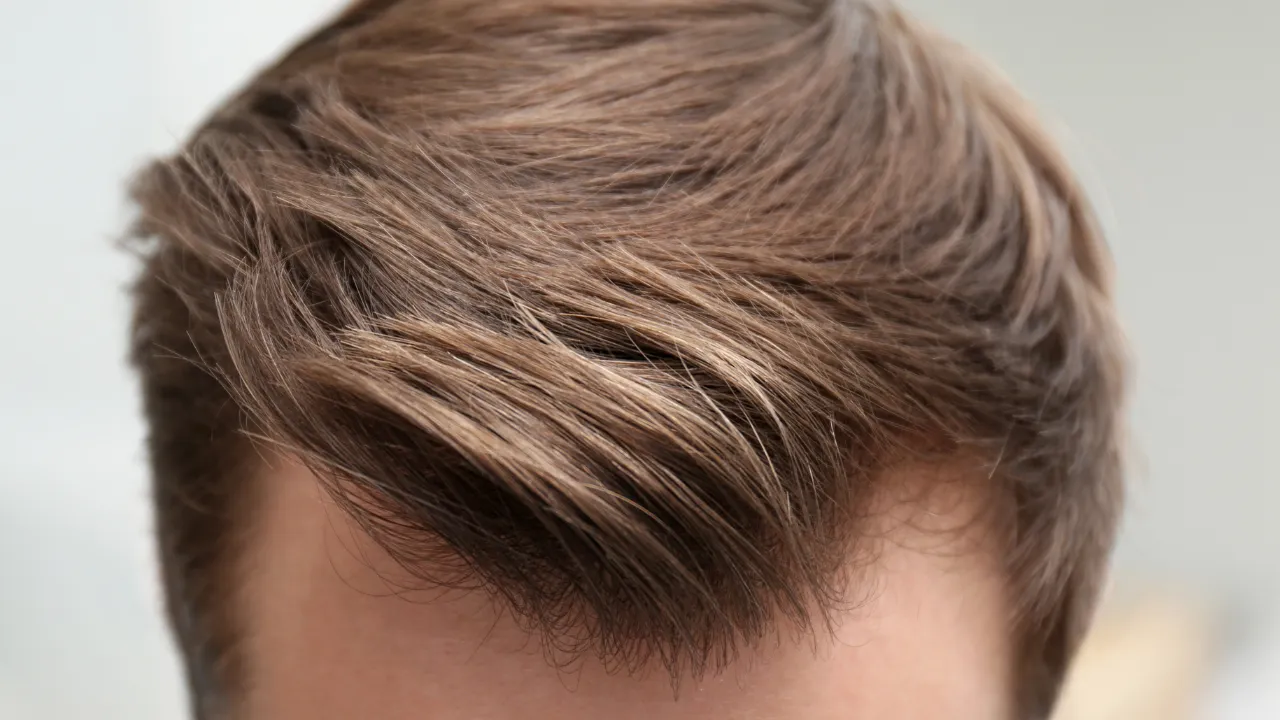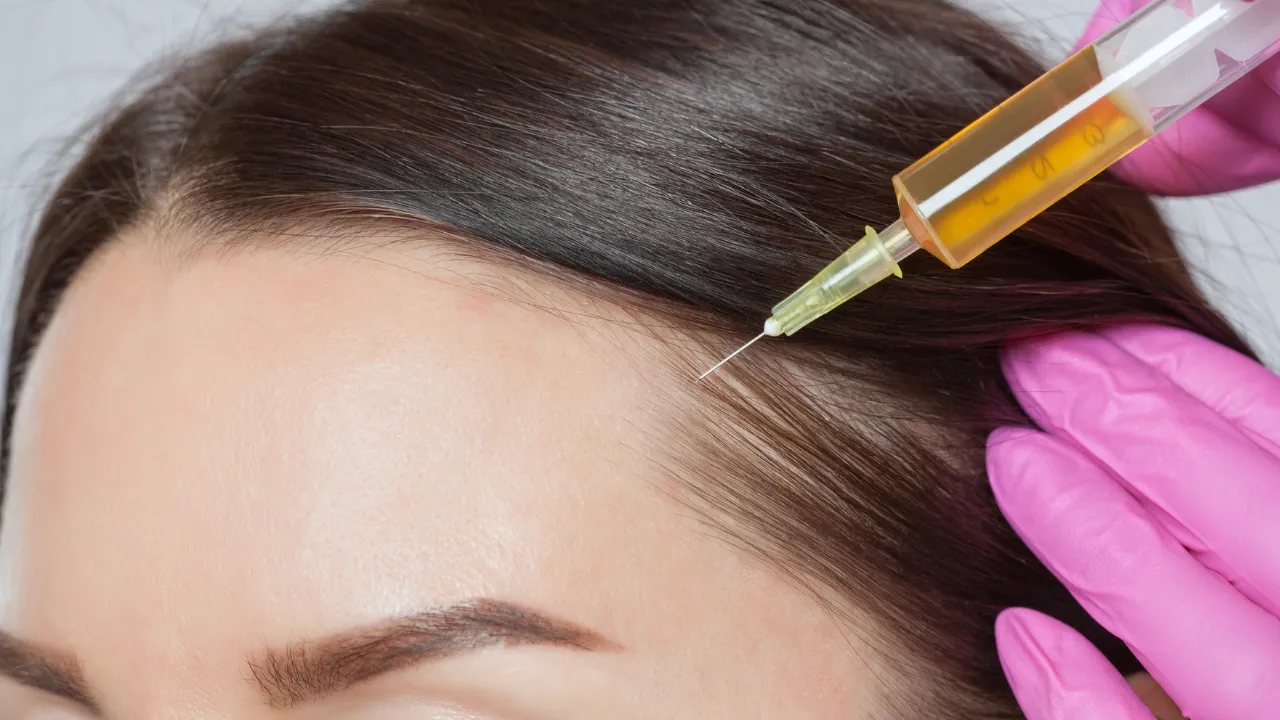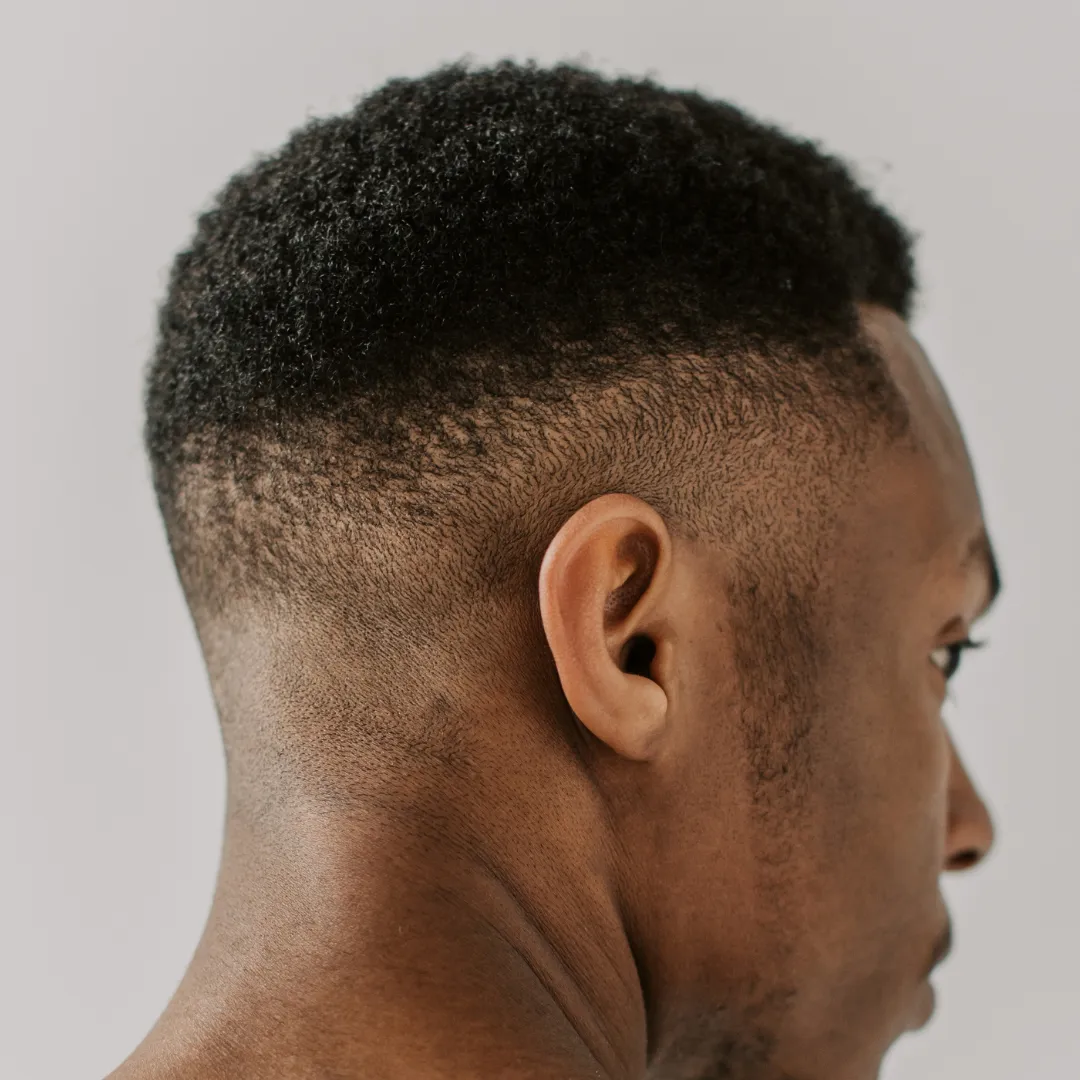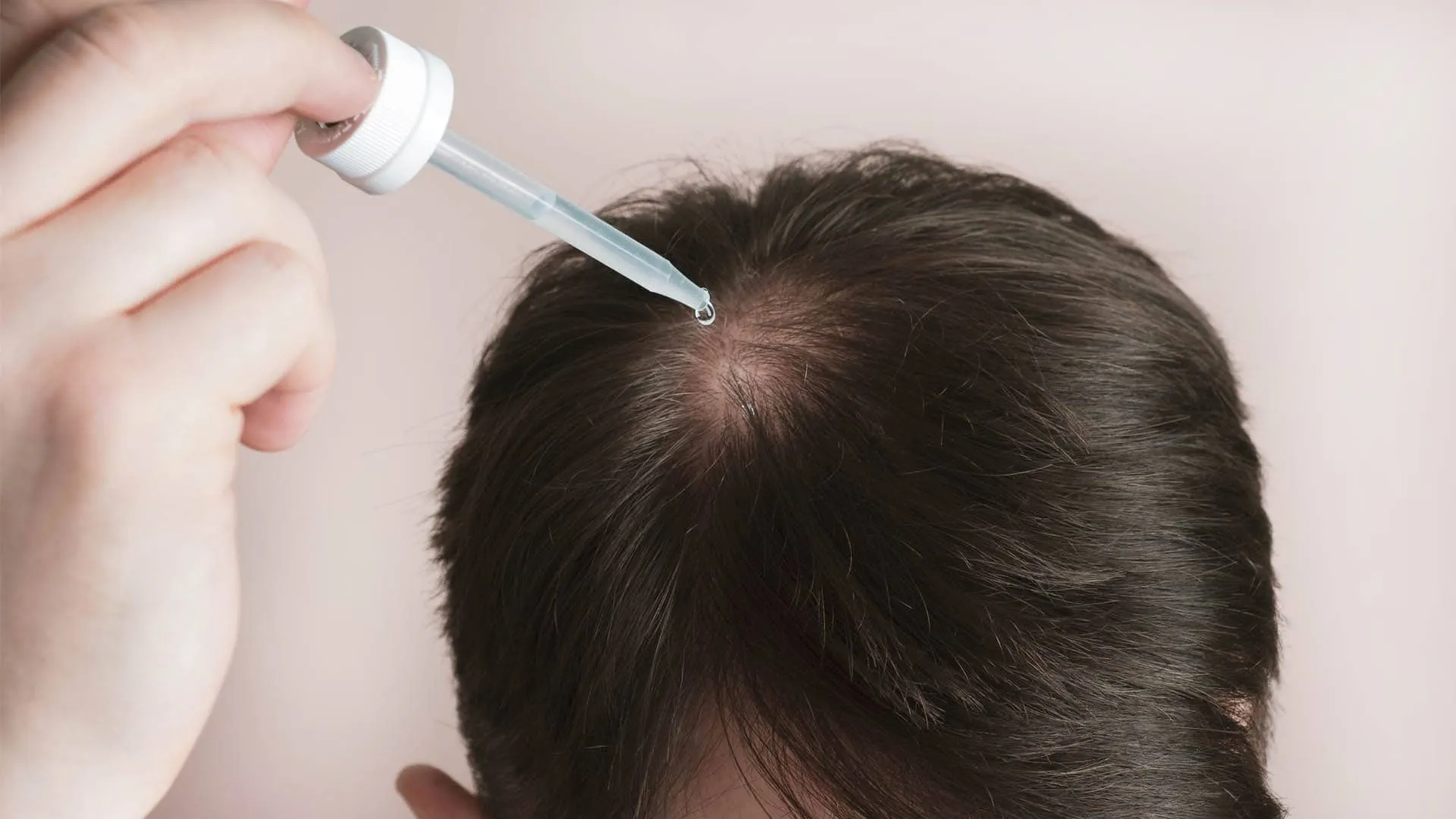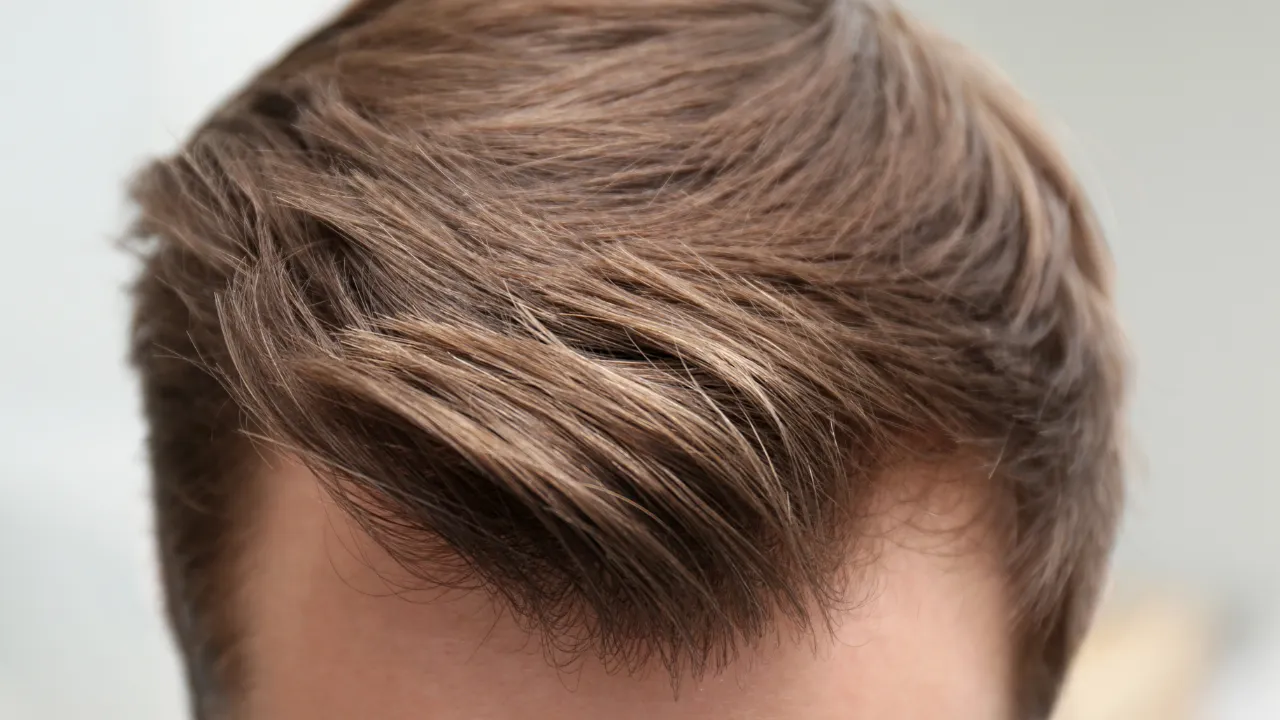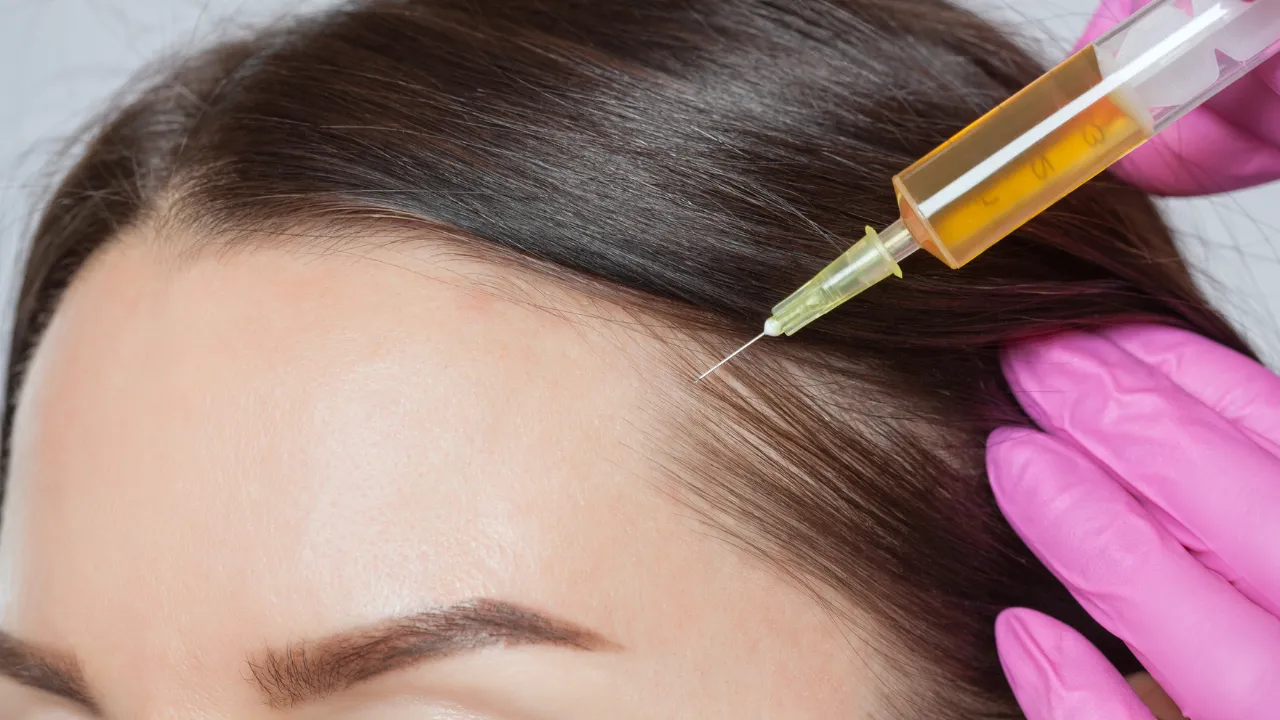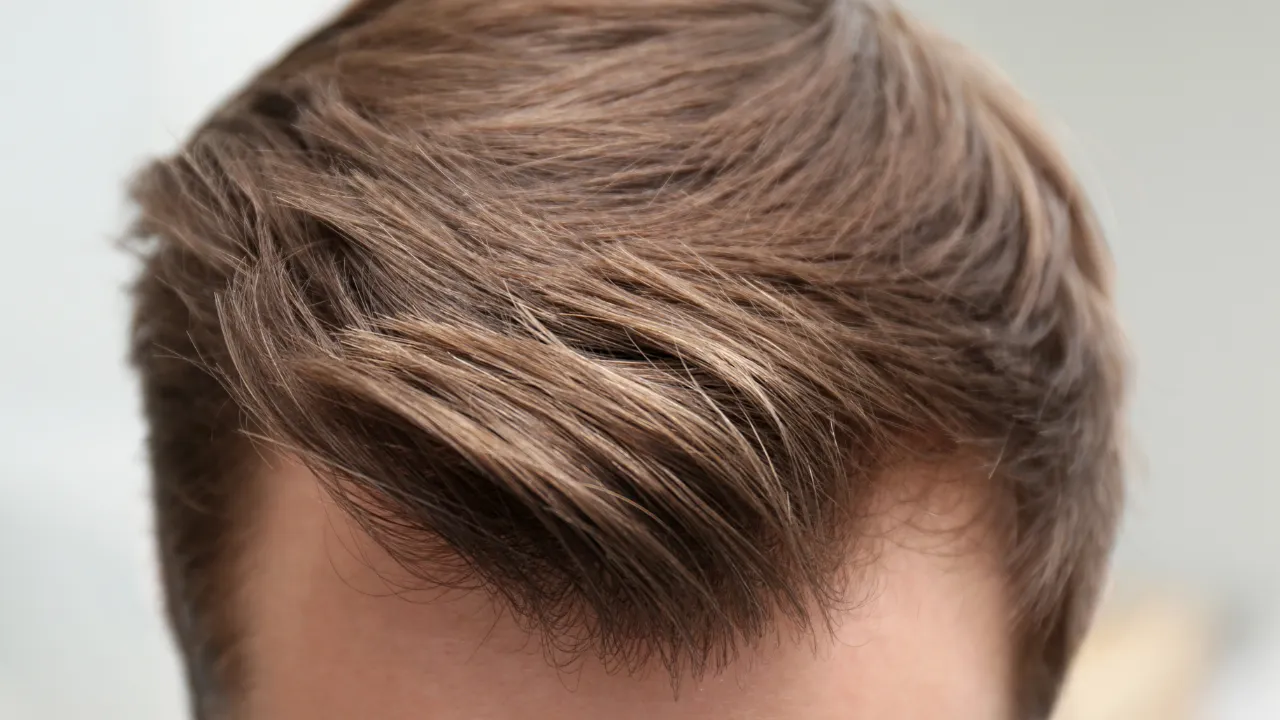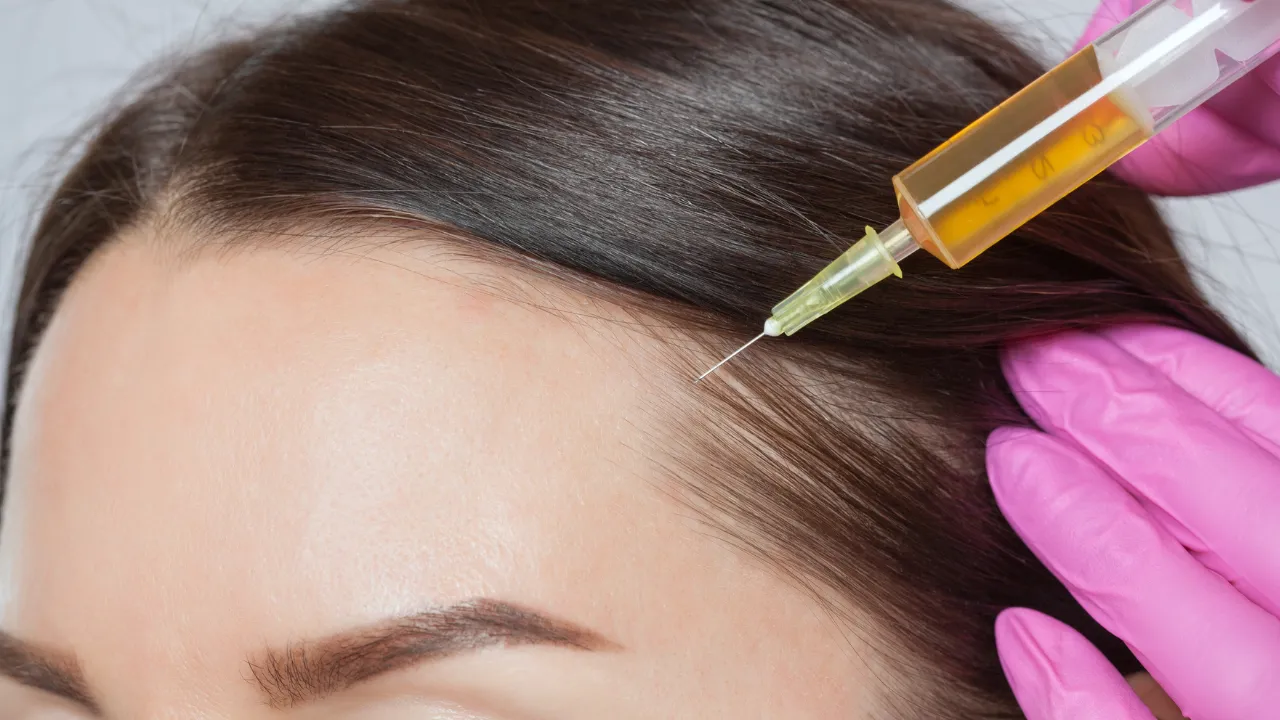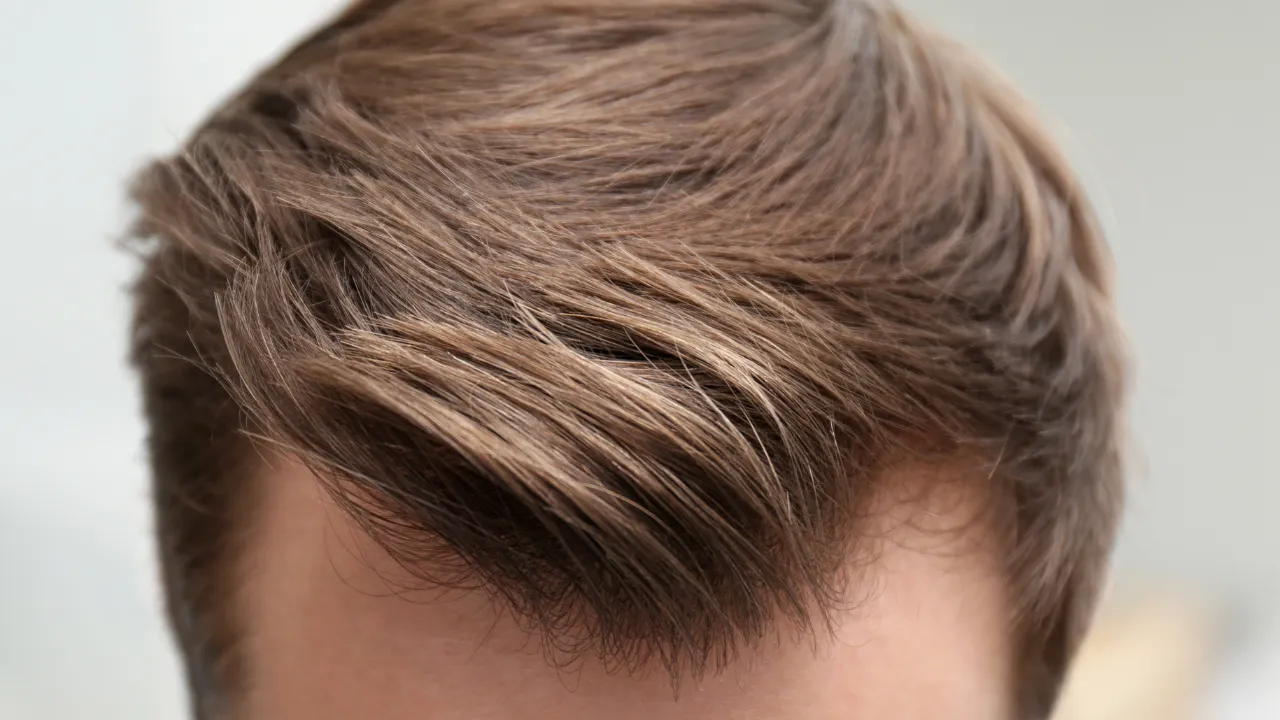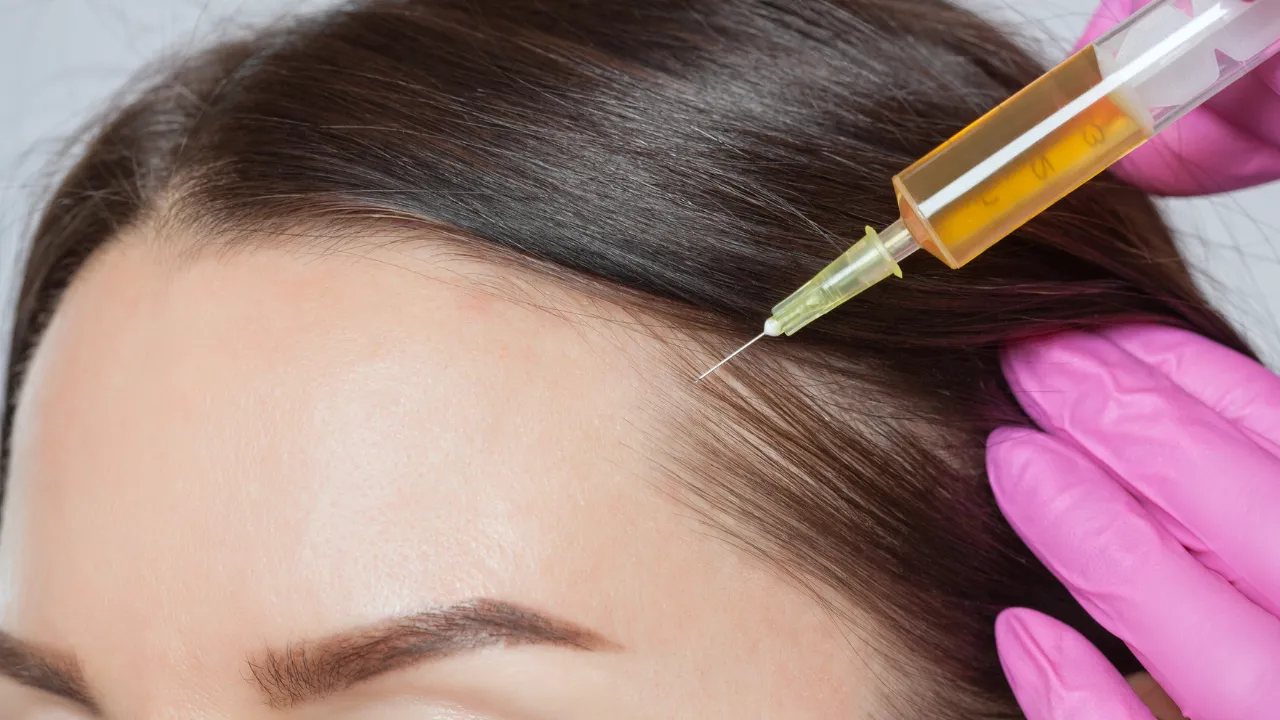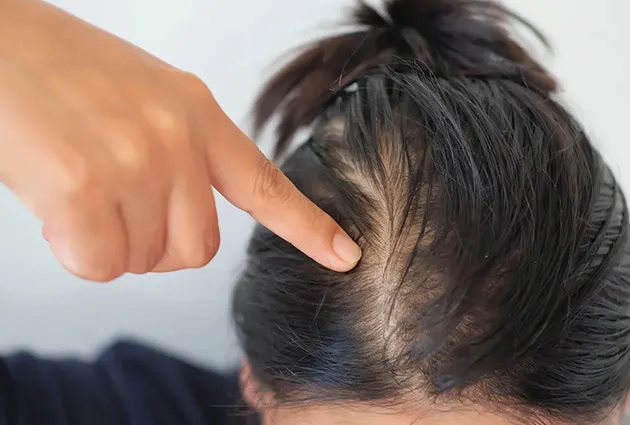Table of Contents
ToggleAt Kopelman Hair, we focus on restoring hair where it matters most. Many people struggle with hair loss at the temples, affecting facial balance and confidence. This complete guide explains how hair transplant temples procedures work, who should consider them, and the results you can expect under the care of Dr. Kopelman.
Dr. Kopelman is a skilled hair transplant surgeon who understands how temple hair transplant surgery differs from other procedures and requires unique artistry for natural results.
Key Takeaways
- Temple hair loss can result from genetics, aging, or styling practices, and often impacts facial balance and confidence.
- Hair transplant temples procedures restore temple density using techniques like FUE or FUT, requiring artistic design to match natural hair angles and density.
- Dr. Kopelman evaluates each patient’s hair type, Norwood stage, and aesthetic goals to create personalized plans for temple restoration.
- Costs vary based on the number of grafts and the clinic’s expertise, and while temple transplants offer lasting results, careful aftercare and ongoing monitoring are essential.
Understanding Temple Hair Loss
Why Hair Thins at the Temples
Temple hair loss often occurs due to genetics, hormonal changes, or aging. Men commonly see temple recession as an early sign of male pattern baldness. Women may notice thinning that alters the shape of their hairline.
Other factors include stress, medical conditions, or tight hairstyles that strain hair roots. Understanding these causes helps determine if temple hair transplant procedures are the right choice for you.
Can You Regrow Hair on Temples?
Some people can slow temple hair loss with treatments like minoxidil or finasteride. These products may help strengthen existing hair or delay further thinning.
However, medications rarely restore full density at the temples once hair has been lost. That’s why many people turn to surgical options like temple hair transplant to achieve a natural hairline.
Non-Surgical Options for Temple Hair Loss
Not everyone wants surgery right away. Some patients try non-surgical solutions first. Dr. Kopelman sometimes recommends:
- Minoxidil: A topical solution that may help keep existing hair.
- Finasteride: A pill that slows hair loss progression in men.
- Platelet-Rich Plasma (PRP): Uses your blood to stimulate hair follicles.
- Camouflage products: Sprays or powders that conceal thinning areas.
These options might slow hair loss, but rarely rebuild density once temples have fully thinned. A temple hair transplant remains the most effective way to restore a natural-looking hairline. Still, discussing non-surgical methods can help you decide what’s right for your stage of hair loss.
Emotional Impact of Temple Hair Loss
Losing hair at the temples can significantly impact how people perceive themselves. Some patients feel their face looks older or more angular when their temple hair recedes. Others avoid certain hairstyles that expose thinning areas.
Dr. Kopelman notes that restoring temple hair can help patients feel more confident in social and professional situations. Addressing temple hair loss isn’t just cosmetic—it’s often about restoring comfort and self-esteem.
Temple Hair Transplant: How It Works
Do Hair Transplants Work on Temples?
Yes, hair transplants can effectively restore hair to the temples. Temple areas require special attention because hair grows at unique angles and lower densities compared to the front hairline.
Success depends on proper technique and artistic design to match your natural hair pattern.
Why Some Transplants Skip Temples
Not every surgeon recommends temple hair transplants. The temples are delicate zones where improper placement can look unnatural.
Some doctors avoid temple work if a patient’s hair loss is likely to progress rapidly, making it harder to maintain balance in the future.
Can You Get a Temple Hair Transplant Only?
Yes, you can choose a procedure focused only on restoring temple hair. Patients often request this if they’re satisfied with the rest of their hairline but want fuller temples for facial symmetry.
Dr. Kopelman evaluates whether isolated temple work will blend naturally with your existing hair.
Hair Temple Transplant Techniques
Temple hair restoration typically uses Follicular Unit Extraction (FUE) or Follicular Unit Transplantation (FUT).
- FUE removes individual hair follicles from the donor area and places them precisely in the recipient area, typically the temples.
- FUT harvests a thin strip of scalp and separates follicles under a microscope.
Many temple restorations use FUE hair transplant as one of the most precise hair transplant techniques, allowing surgeons to control the angle, density, and placement of each graft for optimal temple hair transplant surgery outcomes.
Dr. Kopelman often recommends FUE for temples because it allows better control over the angle and direction of each hair.
Comparing FUE and FUT for Temples
Both FUE and FUT can restore temple hair, but they differ in technique. FUE removes individual grafts, allowing precise placement and faster healing. FUT takes a small strip of scalp, providing many grafts in one session but leaving a linear scar.
For temple areas, Dr. Kopelman often prefers FUE because it gives better control over hair angle and direction. The right choice depends on each patient’s hair type, goals, and the availability of donor hair.
Temple Hairline Design & Artistic Challenges
Temple areas demand careful planning because hair there is finer and grows at distinct angles.
Dr. Kopelman considers factors like:
- Natural hair direction near the temples.
- Density patterns to ensure soft blending.
- Maintaining symmetry between both sides.
Good temple design avoids sharp lines or dense clusters that can look artificial.
Dr. Kopelman carefully designs the temporal peaks, which are the forward points of the temple hairline, to ensure they blend seamlessly with the rest of the hairline and maintain natural facial proportions.
Artistic Details in Temple Hair Design
Temple hair design requires considering more than hair direction. Dr. Kopelman explains that the curl and thickness of hair affect how transplanted strands blend into the temples. Coarser hair can appear too harsh if placed at the temple edges, whereas finer hair creates a softer, more natural transition.
He also carefully shapes the temple triangle, a zone where the hairline curves backward toward the sideburn. A well-designed temple triangle restores facial proportions and avoids sharp or artificial lines. These artistic choices help ensure a natural result that suits each person’s unique facial shape.
Dr. Kopelman’s Approach to Temple Restoration
Dr. Kopelman believes temple hair transplants demand precision and restraint. He explains that placing too many grafts too densely can create an unnatural look. His philosophy focuses on softer density and careful angling, matching hair direction and curl for seamless blending.
He also emphasizes patient selection. Dr. Kopelman may advise waiting if hair loss is unstable, as future recession could disrupt results. His goal is always to create temple restorations that look natural and age well over time.
Who’s a Good Candidate?
Temple Hair Transplant for Women vs Men
Men and women experience temple hair loss differently. Men often see temple recession as part of male pattern baldness. Women may retain their frontal hairline but experience a loss of density at the sides.
Women usually need more delicate placement and lower density to match their hair’s finer texture. Dr. Kopelman tailors each temple hair transplant to these individual differences.
Besides temple hair loss, some patients also experience thinning at the mid scalp, which can influence the overall design of their hair transplant plan.
Best Candidates and Expectations
Ideal candidates for temple hair transplants include:
- People with stable hair loss patterns.
- Those with enough donor hair at the back or sides.
- Patients seeking improved hairline shape rather than drastic changes.
It’s crucial to have realistic expectations. Temple transplants can enhance facial balance, but won’t always recreate the hair thickness of teenage years.
Temple Hair Loss and the Norwood Scale
Hair loss at the temples often connects to the Norwood scale, a system that classifies male pattern baldness. For example, early-stage Norwood II shows mild temple recession, while higher stages involve more profound hairline loss and thinning at the crown.
Dr. Kopelman uses this scale to decide when a temple hair transplant is appropriate. In early stages, a small procedure can enhance symmetry, but advanced stages may need more grafts for balance. Understanding your Norwood stage helps set realistic goals for temple restoration.
Temple Hair Transplant Costs
Cost Factors and Price Ranges
Temple hair transplant prices vary depending on:
- The number of grafts needed.
- The clinic’s expertise and reputation.
- Geographic location and clinic facilities.
Costs typically range from several thousand to over ten thousand dollars. Because temples need precise work, skilled surgeons may charge higher fees for this specialized area.
Is It Worth the Price?
Many patients feel a temple hair transplant is worth the investment because it restores confidence and facial harmony.
Dr. Kopelman advises weighing the cost against factors like:
- Long-term satisfaction.
- The desire for natural results.
- The likelihood of future hair loss that might require more treatment.
Patients often find temple restoration brings lasting improvements in self-image.
Risks, Recovery, and Care
Possible Side Effects
Temple hair transplants are safe when performed by experienced surgeons, but some side effects can occur:
- Swelling around the temples.
- Temporary numbness in the treated area.
- Redness or scabbing where grafts were placed.
- Shedding of newly transplanted hair before growth starts.
These effects are usually temporary and improve with proper aftercare.
Aftercare Tips for Healing
Good aftercare helps protect your results. Dr. Kopelman suggests:
- Avoiding intense exercise for the first week.
- Sleeping with your head elevated to reduce swelling.
- Following washing instructions carefully.
- Avoiding scratching or picking at scabs.
Most people return to normal routines within 7–10 days.
Maintaining Results After Temple Hair Transplant
Temple hair transplants can provide lasting results, but long-term care matters. Dr. Kopelman suggests:
- Following a hair-care routine that’s gentle on new follicles.
- Avoiding tight hairstyles that pull on temple hair.
- Considering ongoing treatments like minoxidil or low-level laser therapy to support surrounding hair.
- Scheduling regular checkups to monitor any future thinning.
Even though transplanted hair is permanent, natural hair around the temples may still thin with age. Staying proactive helps keep your hairline looking natural and balanced for years to come.
The recovery process after temple hair transplant surgery is similar to other procedures, involving careful wound care and monitoring for healthy growth. Most patients describe hair transplant recovery as manageable, with minor discomfort and swelling that improves quickly under a skilled hair transplant surgeon’s guidance.
Temple Hair Transplant Results
Hair Transplant Temples Before and After
Photos showing temple restoration help patients understand what to expect. Dr. Kopelman often shares examples of patients who gained softer, fuller temple hairlines.
Before-and-after images reveal how subtle changes at the temples can improve facial balance and create a youthful look.
Timeline for New Growth
Hair growth after a temple hair transplant happens in stages:
- First 2–3 weeks: Transplanted hairs may fall out temporarily.
- 2–4 months: New hair begins growing slowly.
- 6–12 months: Noticeable thickening and improved density.
Patience is key. Final results may take up to a year but can be life-changing.
Best Hair Transplant Temples: How to Choose
Selecting the right surgeon is crucial for temple transplants. Look for:
- A surgeon who specializes in hair restoration.
- Experience with temple-specific procedures.
- Clear before-and-after examples showing natural results.
- Positive patient reviews.
Dr. Kopelman’s reputation and expertise make him a trusted choice for patients seeking precise temple hair restoration.
Patient Stories About Temple Restoration
Patients often share how temple hair restoration improved their daily lives. One man said his new temples allowed him to style his hair without worrying about gaps. A woman described feeling younger and more comfortable wearing her hair pulled back.
These stories show that temple hair transplants affect more than just appearance. They help people feel more confident and less self-conscious. Dr. Kopelman finds that even subtle temple changes can have a big emotional impact.
FAQs About Temple Hair Transplants
How Many Grafts Do Temples Need?
Understanding how many grafts your temples might need helps plan costs and expectations. The number of grafts depends on your hair density, hair type, and how much temple recession has occurred.
Dr. Kopelman often estimates:
- Mild temple thinning: 300–600 grafts per side.
- Moderate recession: 600–1,000 grafts per side.
- Severe loss or high hair density demands: Over 1,000 grafts per temple.
Planning for temples differs from frontal hairlines because temples need softer, lower-density placement for a natural look. Discussing graft counts during a consultation ensures you understand how much hair is needed to achieve your desired result.
Temple Hairline vs Frontal Hairline Transplants
Temple hairlines differ from the frontal hairline because:
- Hairs grow at sharper backward angles.
- Temple zones require lower density for softness.
- Artistic design matters more to ensure seamless blending into sideburns and hairline curves.
Frontal transplants focus on creating a solid front border, while temple hair transplant work shapes facial contours and harmony.
If you’re considering temple hair restoration, Dr. Kopelman and the team at Kopelman Hair are ready to help you explore your options. Schedule a consultation today to discuss your goals and learn how a temple hair transplant can restore your hairline and confidence.


